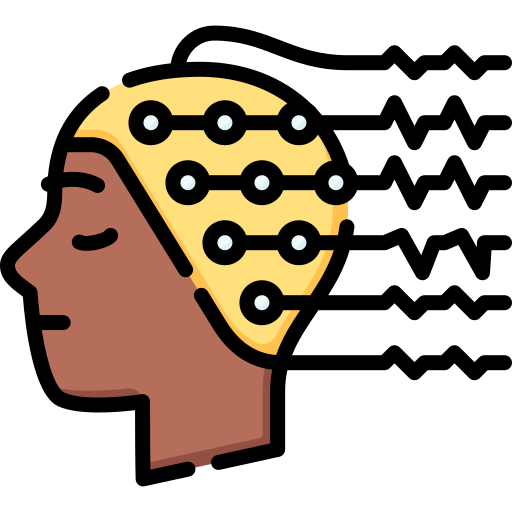Seizures

Definition:
status epilepticus (SE) is a single seizure lasting > 5 minutes or a cluster of seizures lasting > 5 minutes without return of consciousness in between seizures
Monitoring & Evaluation:
Monitor:
- Airway, breathing, SaO2, circulation, IV access
- Neurologic exam
Brief History:
- New onset vs. known epilepsy
- Medication history (new, missed, or changed meds)
- Substance abuse
- Trauma
Evaluation (as clinically indicated):
- Anti-seizure drug levels
- Glucose POC, CMP, CBC, calcium, magnesium, phosphorous, NH3, hCG, toxicology screen
- In patient’s with known seizures, no neuroimaging is warranted unless there is suspicion of trauma or other new CNS disease process
- CT if concerned for trauma, intracranial hemorrhage
- Otherwise, MRI is preferred
- Fever? Consider:
- Blood / urine cultures
- lumbar puncture
- Opening pressure
- Culture
- Cell counts
- Protein
- Glucose
- HSV PCR
- Antibiotics
- Acyclovir
Treatment:
1st line:
- Lorazepam 0.1 mg/kg IV or IO (max 4 mg), at 2 mg/min
- OR, if no IV access: IM Midazolam 0.2 mg/kg (max 10mg)
2nd line (choose one):
- Levetiracetam 60 mg/kg IV (max 4500 mg), infuse over 10 minutes
- Fosphenytoin 20 PE/kg IV or IO (max 1500 mg), at 3 mg/kg/min (max rate 150) [Do no use in patients with known SCN1a/Dravet syndrome]
- Valproic acid 40 mg/kg IV or IO (maximum 1000mg), infuse over 15 minutes [Only if patient is known to take valproic acid as a home medication]
- PHENObarbital 20 mg/kg IV or IO, at 1 mg/kg/min (max 30)
[For infants, strong consideration as initial 2nd-line therapy] [Prepare for intubation, especially in adolescents / adults]
3rd line (choose one):
- Midazolam 0.15 mg/kg and start continuous infusion at 0.1 mg/kg/hr, increase by 0.1 mg/kg/hr until seizure resolution. Max dose: 2 mg/kg/hr
- PENTObarbital 5 mg/kg and start continuous infusion at 1 mg/kg/hr, increase by 0.5 mg/kg/hr until seizure resolution. Max dose: 5 mg/kg/hr
If seizures are controlled, maintenance therapy based on response:
- Levetiracetam 60 mg/kg/day IV divided BID (max 1500mg BID)
- Fosphenytoin 5 PE/kg/day IV divided BID
- Phenobarbital 5 mg/kg/day IV divided BID (max 45mg BID)
Mitochondrial Cocktail:
Should be started on any patient with cryptogenic/idiopathic status epilepticus that is not responsive to first anesthetic agent
- Biotin 10 mg
- Thiamine 100 mg daily
- NAC (acetaminophen overdose protocol)
- L-carnitine 1000 mg/day
- Coenzyme-Q10 200 mg twice daily
- Riboflavin 400 mg daily
Normal EEG Waveforms | EEG Waveforms in Epilepsy"spike and wave pattern" | EEG Waveforms in Epilepsy"absence seizure" |
 |  |  |



